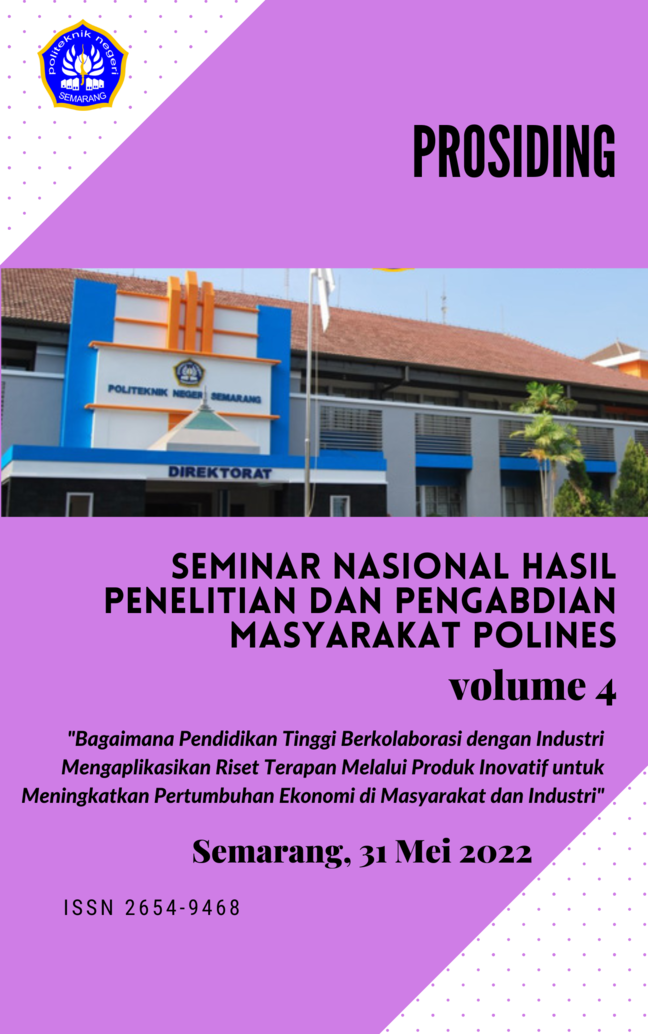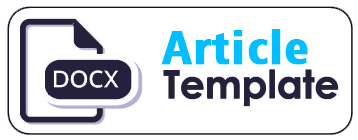ANALISIS RISIKO DI ERA PANDEMI COVID-19 PADA KAMPUNG SENTRA BANDENG DI SEMARANG (STUDI KASUS UD MAKMUR MANDIRI)
Keywords:
risk, likelihood, consequence, severity, contingency planAbstract
The purpose of this study was to identify, classify and analyze risks and evaluate risk mitigation strategies during the covid-19 pandemic at UD Makmur Mandiri in Kampung Sentra Bandeng Semarang. The analytical method of this research is descriptive qualitative research with a case study approach. The data collection method used is library research and direct research by means of observation, interviews, and documentation. The results of the study indicate that there are four main risks, are Product Risk, Financial Risk, Operational Risk and Marketing Risk; which consists of delays in production time, decreased number of productions, decreased revenues, increases in raw material prices, delays in delivery of raw materials, operational delays, customer complaints due to quality and reduced consumers. The Risk Assessment Matrix that connects Likelyhood with Consequence raises Risks with the highest to moderate severity level, successively decreasing production, decreasing income, decreasing consumers, delays in production time, operational delays, increases in raw material prices, delays in delivery of raw materials and customer complaints. . The solution to the risks that occur can be mitigated by using the Contingency Plan Method by considering the severity level, how it is implemented, who will carry it out and when it will be implemented.
References
Madili, K. (1999). AS/NSZ 4360:1999 Risk Management, Australian Standards.
Clifford F, Gray and Erik W Larson. (2006). Project Management: the managerial Process. Mc Graw Hill.
Darmawi, H .(2016). Manajemen Resiko, Cetakan kesepuluh. Jakarta: Bumi Aksara.
Djojosoedarso, S. Prinsip-prinsip Manajemen Resiko dan Asuransi. Jakarta: Salemba Empat. 1999
Katz, L, & Robinson, C. (1991). Foster care drift: A risk-assesment matrix. Child Welfare: Journal of Policy, Practise, and Program
Qintharah, Y.N. (2019). Perancangan Penerapan Manajemen Risiko. JRAK:Jurnal Riset Akuntansi Dan Komputerisasi Akuntansi, 10(1).67-86
Keputusan Menteri Keuangan nomor KMK 577/KMK.01/2019 tentang manajemen risiko di Lingkungan Kementrian Keuangan
Krismiaji. (2002). Dasar-Dasar Akuntansi Manajemen. Yogyakarta: AMP YKPN.
Ramli, S. (2010). Pedoman Praktis Manajemen Risiko dalam Perspektif K3 OHS Risk Management. Jakarta: Dian Rakyat
Shouhui, Z. & Xuan, C (2006). Risk Analysis Methods in Oil Spill Contingency Plans. 7th Annual General Assembly of International Association of Maritime Universities. 410-417
Damayanti & Rikah. (2020). Manajemen Risiko melalui Identifikasi dan Pengelompokan Risiko saat Pandemi Covid-19 Studi Kasus Batik Tulik Lasem di Kabupaten Rembang. Prosiding Seminar Nasional Unimus. Vol 3
Soeratno, & Arsyad, L. (2008). Metodologi Penelitian Untuk Ekonomi dan Bisnis. Yogyakarta: UPP STIM YKPN.
Sugiyono. (2016). metode penelitian kuantitatif, kualitatif, dan r&d. Bandung:alfabeta.






